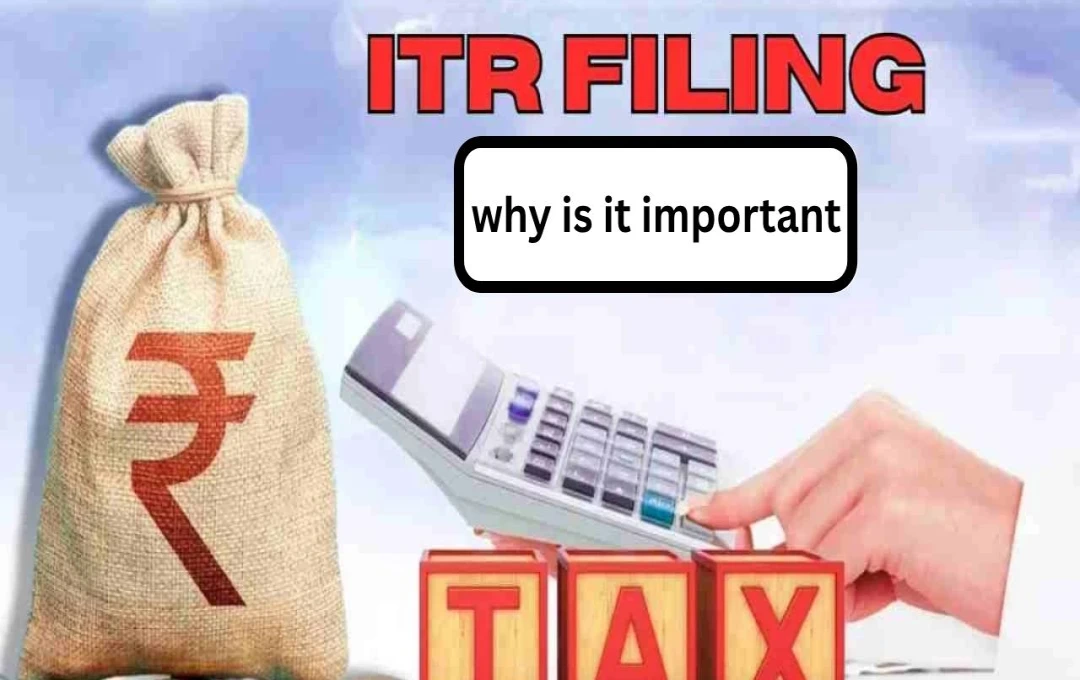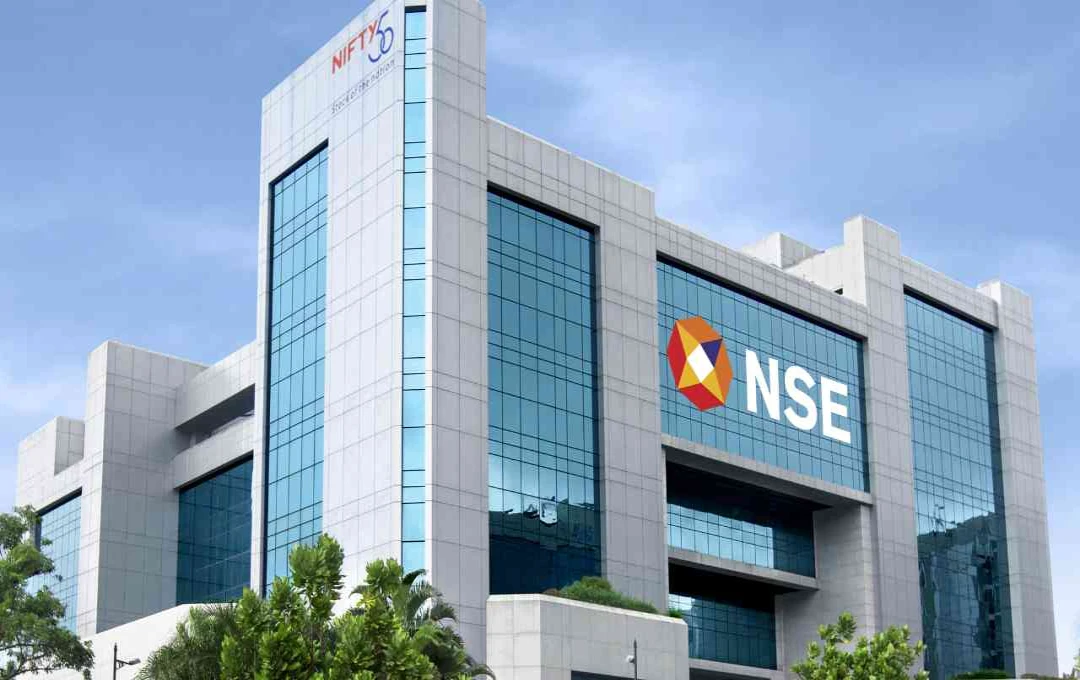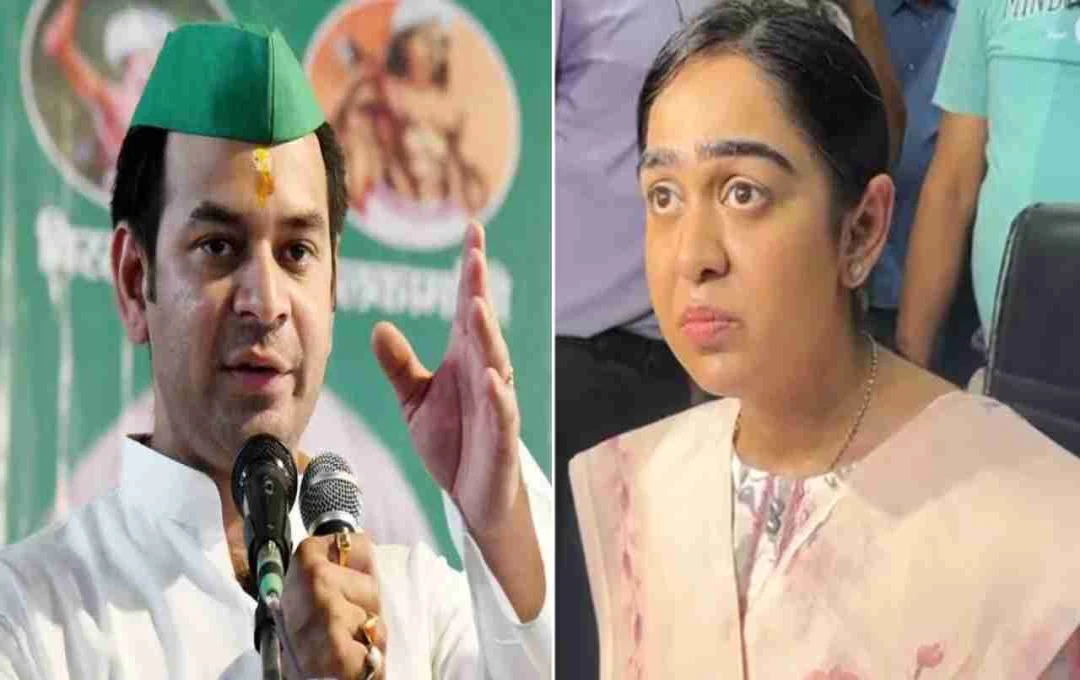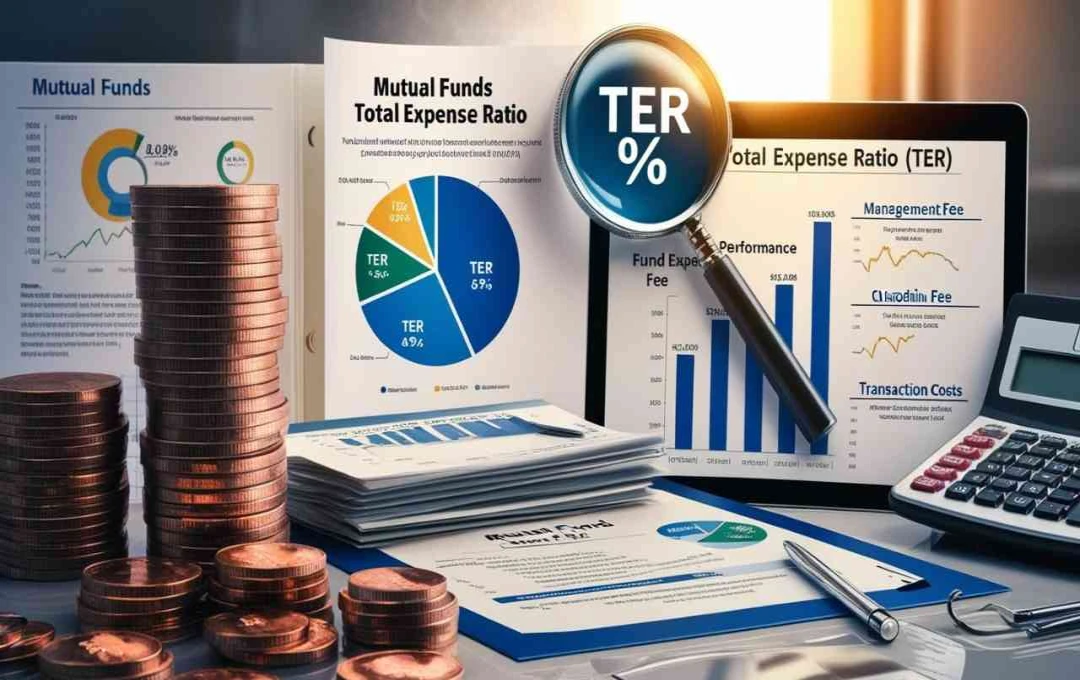The importance of the MSME (Micro, Small, and Medium Enterprises) sector in India's economy is undeniable. This sector is not only the largest source of employment but also plays a crucial role in exports and production. Recently, NITI Aayog released a report titled ‘Designing a Policy for Medium Enterprises,’ which extensively discusses the current status of medium enterprises, their potential contribution, and the challenges hindering their growth. According to this report, a 20 percent growth in medium industries could generate approximately 1.2 million new jobs in the country. However, the question remains: why are micro and small industries hesitant to transition into medium enterprises? Let's understand this issue based on NITI Aayog's report.
Significance of Medium Enterprises in the Indian Economy
The MSME sector contributes approximately 29 percent to India's total GDP. Furthermore, its contribution to Gross Value Added (GVA) is 31.8 percent, and it accounts for about 45 percent of total exports. Around 62 percent of India's workforce is employed in the MSME sector. These figures clearly highlight the sector's significance.
The MSME sector comprises approximately 60 million non-agricultural units, the majority of which are micro and small enterprises. According to the NITI Aayog report, only 0.3 percent are medium enterprises. This number is significantly low, while the contribution of medium enterprises to employment and exports is disproportionately high.
Medium enterprises significantly outperform micro and small enterprises in terms of employment per unit. A medium enterprise employs an average of 89.4 workers, compared to 19.11 in small enterprises and only 5.70 in micro enterprises. This underscores the importance of investment and development in medium enterprises.
Medium enterprises also play a particularly crucial role in exports. They account for approximately 40 percent of total MSME exports, while 91 percent of exporting units are micro and small enterprises, contributing 60 percent of exports. The average foreign exchange earnings of medium enterprises are ₹39.5 crore, several times higher than those of small enterprises (₹8.3 crore) and micro enterprises (₹1.39 crore).
Major Obstacles to Growth
The NITI Aayog report also explains why micro and small industries are reluctant to transition into medium enterprises. The biggest reason is the distribution of government schemes and credit support. Most government schemes and funding are readily available to micro and small enterprises.
In the fiscal year 2022-23, a total of ₹5,442 crore was allocated to the MSME sector, but only 17.81 percent was allocated to medium enterprises. Most funds are spent on schemes like the Pradhan Mantri Rojgar Yojana and PM Vishwakarma Yojana, which are not specifically targeted at medium enterprises.
This directly results in micro and small industries prioritizing remaining small to access government aid and subsidies. Consequently, they avoid the risk of expanding their businesses and becoming medium enterprises. This mindset poses a significant obstacle to the country's economic growth.
Furthermore, the lack of targeted schemes for medium enterprises prevents them from competing at full capacity in the global market. This results in the contribution of medium enterprises to India's economic growth falling short of expectations.
The Way Forward: Necessary Policy Changes and Support

The NITI Aayog report clearly indicates that India must focus on the development of medium enterprises within the MSME sector. This requires the government to create special schemes to provide medium enterprises with better credit, technical assistance, and market exposure.
Due to their larger size, medium enterprises have a greater potential for innovation and operational efficiency. If encouraged in the right direction, they can create new employment opportunities and strengthen the country's export capacity.
Government policies should also ensure that micro and small enterprises can expand their businesses and become medium enterprises without fear or financial constraints. This will not only increase their productivity but also strengthen their position in global competition.
This NITI Aayog report provides a clear picture of the current status and potential of India's MSME sector. It highlights that with proper support and financial assistance, medium enterprises can create over 1.2 million jobs and make a significant contribution to the country's economic growth.














